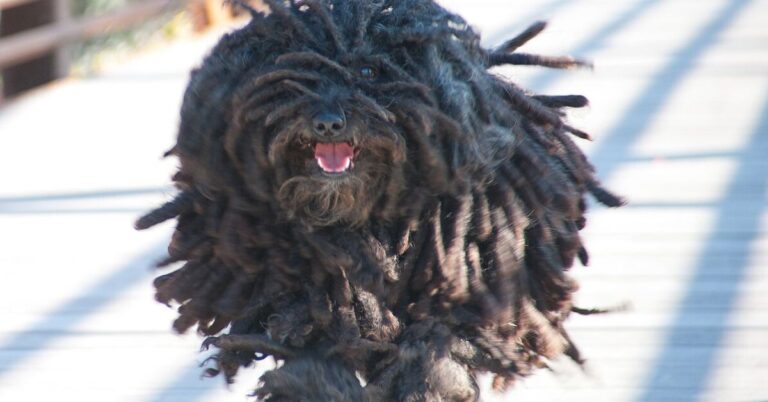Helping Your Dog Socialize? Don’t Make These 10 Mistakes

Bringing a dog face-to-face with another animal can go smoothly or turn into a stressful situation. Many owners, eager to make quick introductions, overlook common mistakes that cause tension. Rushing the process or failing to control the environment can lead to problems, but setting the right pace ensures safer interactions. Keep reading to avoid making these mistakes.
Ignoring Body Language
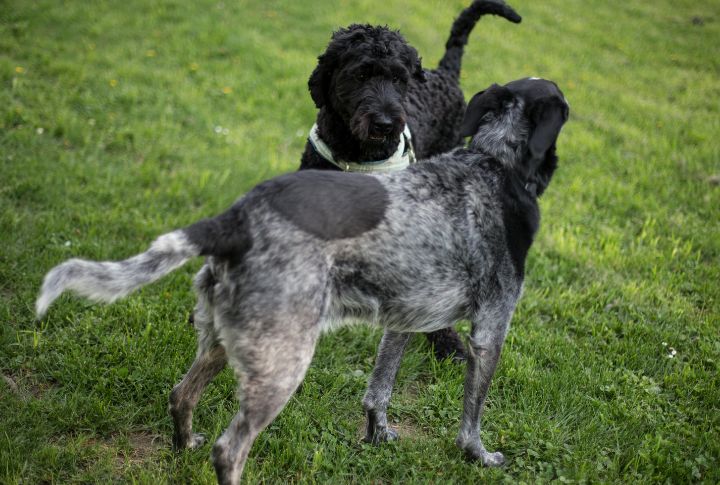
Ears pinned back, stiff posture, or excessive yawning may not seem like much, but these subtle signs reveal discomfort. Many owners focus on obvious cues like barking or growling while missing smaller warnings. Recognizing these early indicators helps prevent conflict. Watch carefully, and if one animal appears uneasy, pause the introduction and create space.
Holding The Leash Too Tight
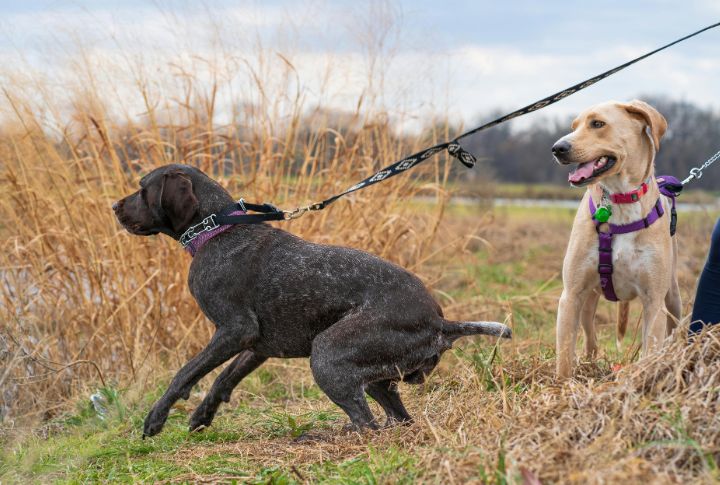
A tense grip on the leash signals to your dog that something is wrong. Restricted movement heightens anxiety, making them feel trapped. While keeping control is important, a loose but steady hold encourages confidence. If needed, use a long lead in an open area, which allows natural movement and maintains safety.
Introducing Through Barriers
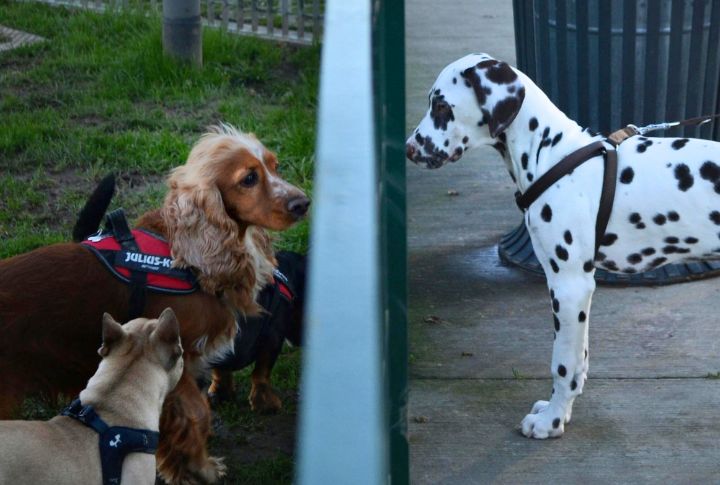
It’s important to use an open space with supervision for a calmer introduction among dogs. Even though meeting through a fence or crate seems like a safe way to start, it often increases frustration. Dogs may feel teased when they can see but not properly interact with another animal. This can also build frustration.
Overwhelming With Too Many New Faces

A crowded setting filled with unfamiliar animals can be overwhelming. This confusion makes it harder for your dog to process new relationships. For a better result, focus on one introduction at a time to prevent overstimulation. Once they feel secure around a single new friend, adding others becomes easier.
Assuming All Dogs Like Other Animals
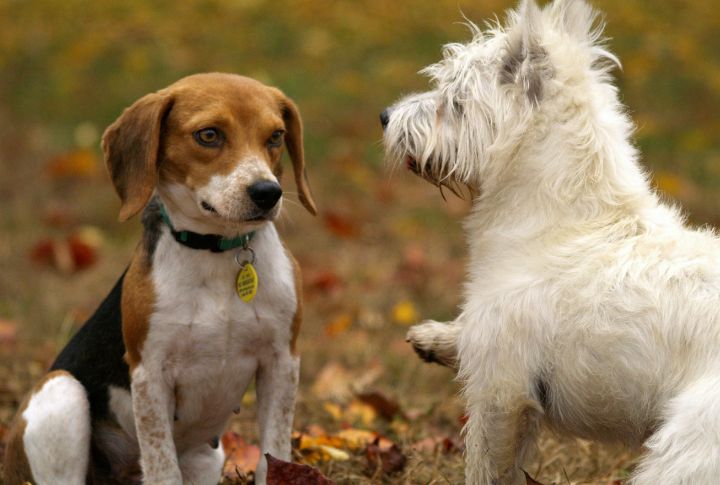
Some dogs adore making new friends, and others prefer solitude. Expecting every pet to enjoy socializing creates unnecessary pressure. If your dog shows disinterest or avoids interaction, respect their comfort level. Forcing an interaction can lead to anxiety and strain the bond between you and your dog, so let them approach social situations at their own pace.
Using Food During First Meetings

Treats can cause tension when animals are getting to know each other. Many dogs guard food, and introducing it too soon may trigger possessiveness. Hence, it’s better to focus on calm behavior and positive reinforcement through praise. Once they’ve established a peaceful dynamic, food rewards can be introduced carefully.
Reacting Too Strongly To Small Disagreements

Animals use certain signals like quick snarl or a momentary stiff stance to establish boundaries, and this doesn’t always mean disaster. Overreacting by pulling them apart too quickly can create unnecessary tension. Let them communicate in their own way as long as their interactions remain controlled.
Forgetting To Reward Good Behavior
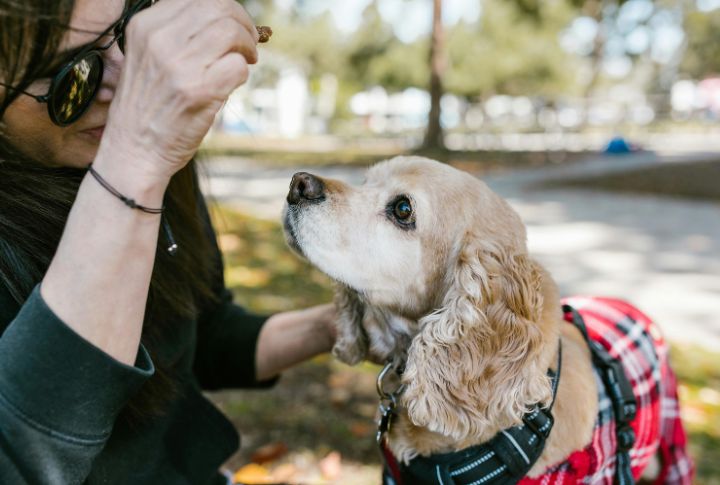
Focusing only on what goes wrong makes dogs uncertain about what’s expected. Reinforcing positive interactions ensures they associate new encounters with pleasant experiences. A gentle pat or a cheerful voice tells them they’re doing well. When they remain calm and friendly, celebrating those moments encourages future success.
Expecting Immediate Friendship
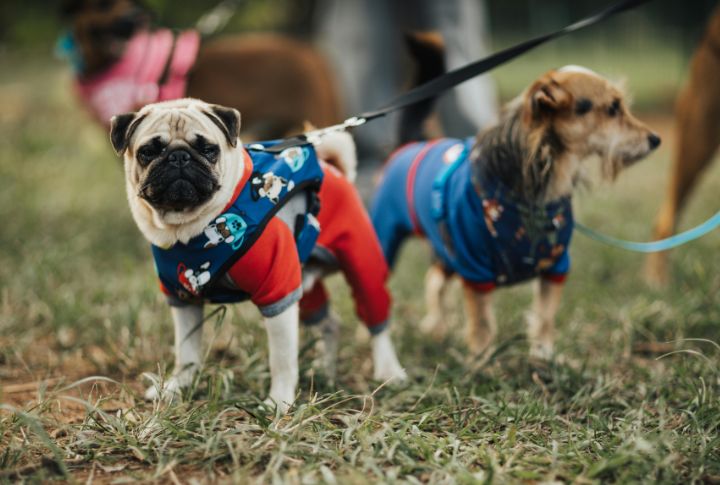
Friendships take time, and that applies to animals too. Some dogs warm up right away, while others need several meetings to feel comfortable. Rushing the process increases stress and risks creating a negative association. Let trust develop naturally by keeping meetings short and positive. The more relaxed they feel, the better their chances of forming a bond.
Forgetting To Control The Environment
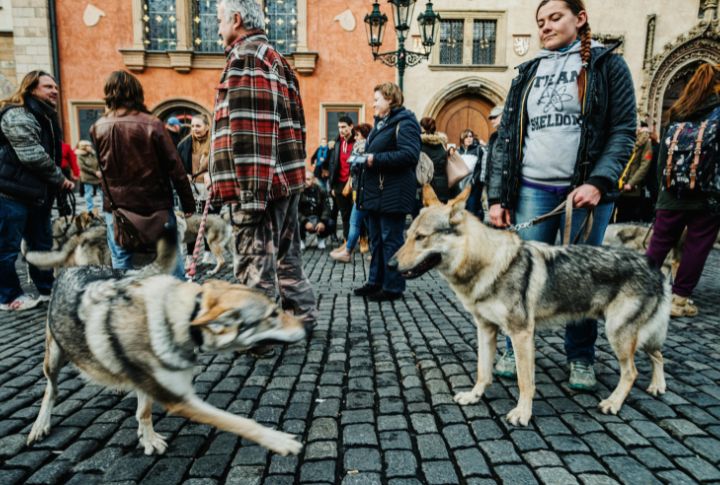
A chaotic or distracting environment can interfere with the introduction process. Loud noises, unfamiliar surroundings, or a large crowd can overwhelm your dog and hinder focus. Choose a calm, quiet space for initial meetings, allowing both dogs to stay relaxed and attentive to each other’s signals.





